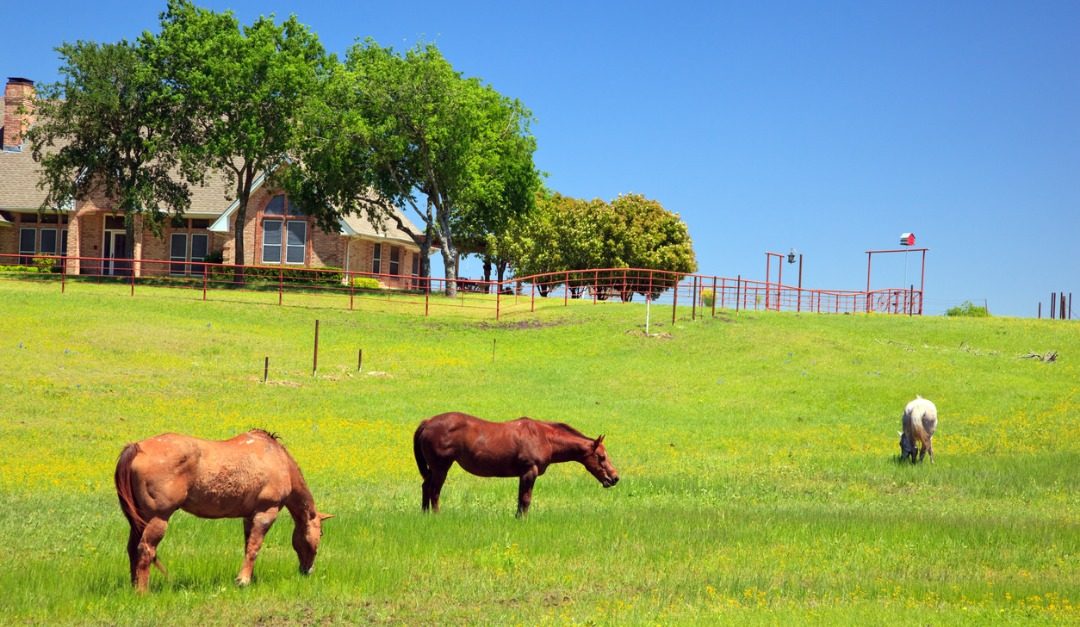There are plenty of different types of lifestyle properties that attract luxury homebuyers, from waterfront estates to alpine abodes. Each one requires certain knowledge in order to make an informed purchase and the equestrian estate is no different. If you’re considering buying your first horse property, here are just a few things to be aware of beforehand.
Ample Acreage
The number of horses you plan to keep on the property will determine the minimum amount of land required. The general consensus is that you should have at least one and a half acres for the first horse, plus an additional acre for each horse after that. Of course, you’ll need quite a bit more than that if you want space for riding opportunities on your property, like trails or an arena.
Rotational Grazing
In order to keep the land healthy, it’s necessary to practice what’s known as rotational grazing. This entails dividing the property into several pastures and rotating where the horses graze. Doing so gives the plants a chance to regrow and mature, thus offering more nutrition to the horses. If the property hasn’t already been fenced to allow for this, be prepared to get that sorted.
Soil Types
If you’re new to equestrian properties, you may be surprised to learn about the significance of soil. The preferred type is described as “sandy, loamy, organic soil,” which helps for growing high-quality grass in your pastures. Conducting a soil survey before purchasing the property is often a prudent measure to take.
Topography and Drainage
There’s a reason why most horse farms are located on flat or gently-sloped terrain. This makes it far easier to implement effective drainage that prevents runoff and mud from creating problems. Whether it’s in the paddocks or on your trails, mud is the last thing you want because it increases the chances of your prized horses getting injured from falling or slipping.





